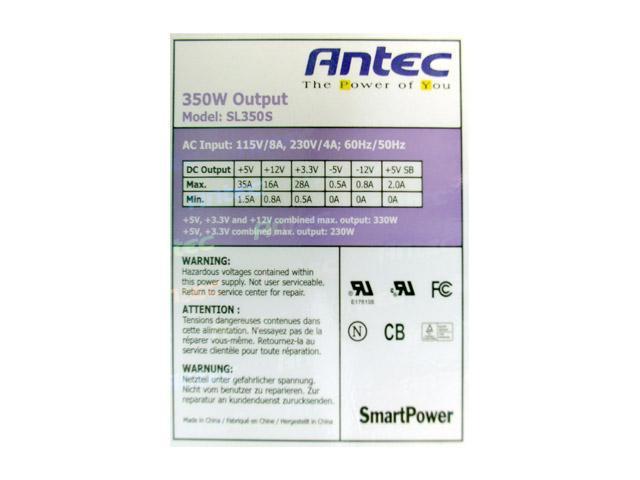Currently I have this PSU:

It came with my Antec 3700BQE Case, I'm going to upgrade to dual 6600GT's as soon as the nForce4's come out so I highly doubt this PSU will be able to handle it. I am close to obsessed with my PC being quiet, but not enough to buy a fanless PSU (too hot, IMO). What is the quietest good PSU that is around 500w (or enough to power SLI)? Thanks

It came with my Antec 3700BQE Case, I'm going to upgrade to dual 6600GT's as soon as the nForce4's come out so I highly doubt this PSU will be able to handle it. I am close to obsessed with my PC being quiet, but not enough to buy a fanless PSU (too hot, IMO). What is the quietest good PSU that is around 500w (or enough to power SLI)? Thanks
![[H]ard|Forum](/styles/hardforum/xenforo/logo_dark.png)
